Light Up

Light Up
Overview of the Gameplay: Light Up
Light Up is a puzzle game that challenges players to strategically illuminate a grid of cells using a limited number of light sources. The objective is to ensure that all cells on the grid are lit up without any overlapping lights, creating a well-lit and harmonious pattern. The game’s simple yet engaging premise makes it accessible to players of all ages, while its increasing complexity keeps seasoned puzzle enthusiasts engaged.
Game Mechanics
In Light Up, players are presented with a grid that varies in size and complexity as they progress through levels. Each cell in the grid can either be empty, contain a number, or be a wall. Players must place light bulbs in strategic locations to ensure that all empty cells are illuminated according to the following rules:
Light Placement: Players can place light bulbs in any empty cell. Each light bulb illuminates its own cell and extends light in horizontal and vertical lines until it hits a wall or the edge of the grid.
Numbered Cells: Numbered cells indicate how many light bulbs must be placed adjacent to that cell. For example, a cell with the number "3" requires that three light bulbs be placed in its adjacent cells (orthogonally).
Walls: Walls block the passage of light and cannot be illuminated or contain a light bulb. They serve as obstacles that players must navigate around.
Non-overlapping Lights: No two light bulbs should illuminate the same cell. Players must carefully position their light bulbs to avoid overlap and ensure complete coverage of the grid.
Game Rules
The rules of Light Up are straightforward, yet they form the foundation of the game’s strategic challenge:
- Objective: Illuminate all empty cells on the grid without any overlaps.
- Light Bulb Placement: Place light bulbs in strategic positions to maximize coverage while adhering to the constraints imposed by numbered cells and walls.
- Adjacency Constraints: Satisfy the requirements of numbered cells by ensuring the correct number of adjacent light bulbs.
- No Overlaps: Avoid overlapping light paths from different light bulbs to achieve a valid solution.
Progression and Difficulty
As players advance through Light Up, the grids become larger and more complex, introducing additional walls and higher-numbered cells. This progression ensures that the game remains challenging and engaging, requiring players to employ advanced strategies and problem-solving skills to complete each level.
Conclusion
Light Up combines simplicity and strategic depth to offer a compelling puzzle experience that appeals to a broad audience. Its intuitive mechanics and clear rules provide a solid foundation for gameplay, while the increasing complexity of levels ensures that players are continually challenged and entertained. Whether you are a casual gamer looking for a relaxing puzzle or a seasoned strategist seeking a new challenge, Light Up offers a bright and engaging adventure that will keep you coming back for more.




















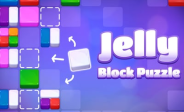






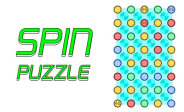





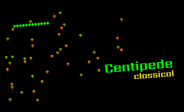
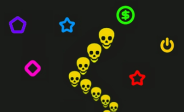

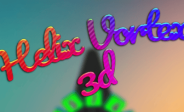

Discuss: Light Up